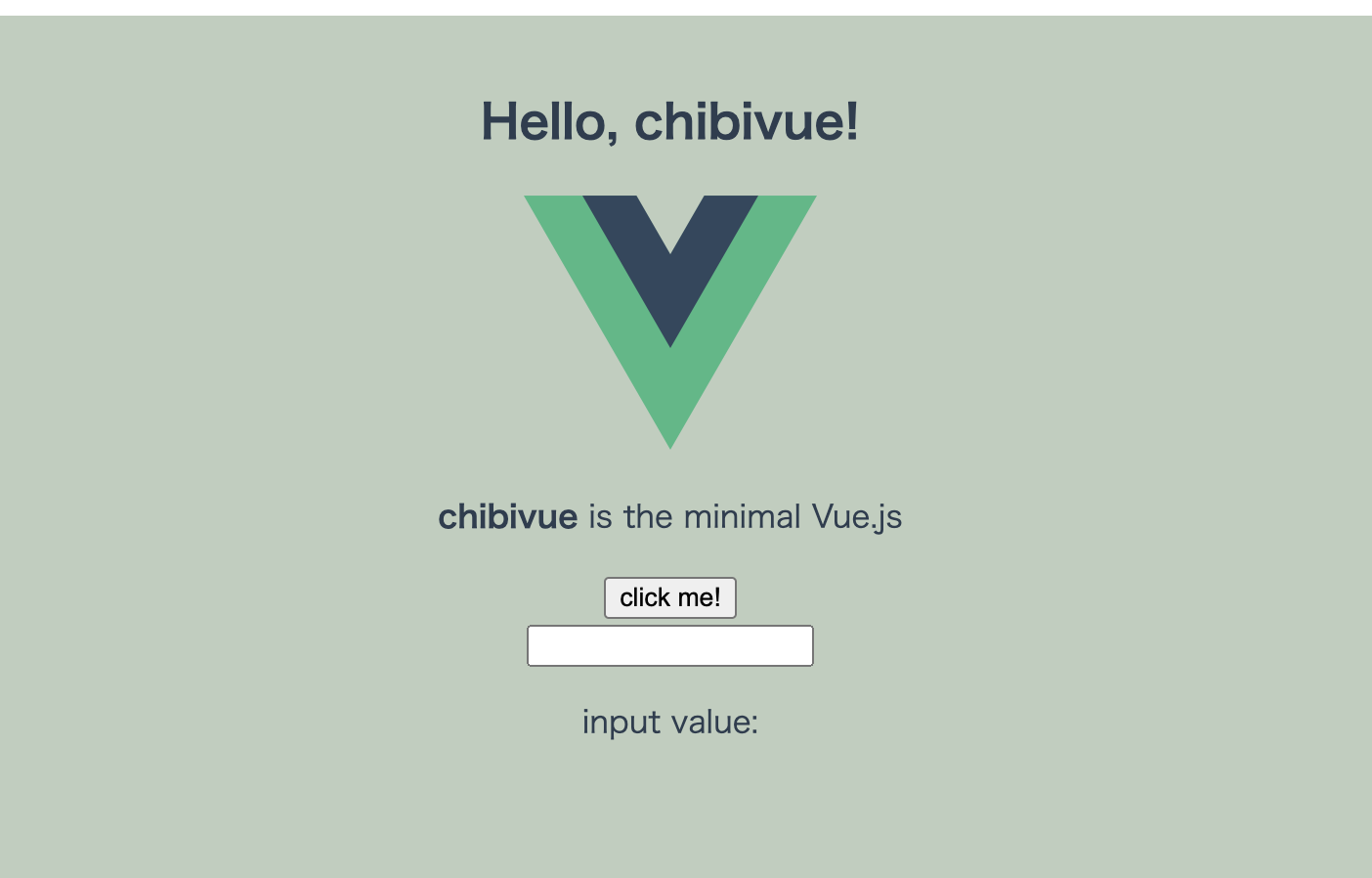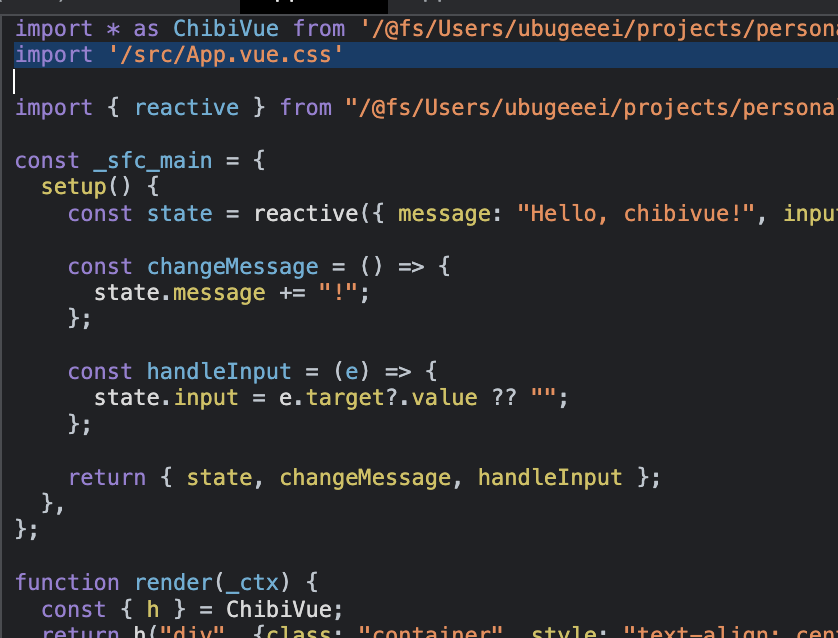Compile Style Blocks
Virtual Modules
Let's also support styles.
In Vite, you can import CSS files by using the .css extension.
import 'app.css'We will implement this by using Vite's virtual modules.
Virtual modules allow you to keep non-existent files in memory as if they exist.
You can use the load and resolveId options to implement virtual modules.
export default function myPlugin() {
const virtualModuleId = 'virtual:my-module'
return {
name: 'my-plugin', // Required, displayed in warnings and errors
resolveId(id) {
if (id === virtualModuleId) {
return virtualModuleId
}
},
load(id) {
if (id === virtualModuleId) {
return `export const msg = "from virtual module"`
}
},
}
}Using this mechanism, we will load the style block of an SFC as a virtual CSS file.
As mentioned earlier, in Vite, importing a file with the .css extension is sufficient, so we will consider creating a virtual module named ${SFC file name}.css.
Implementing a Virtual Module with the Content of the SFC Style Block
For this example, let's consider a file named "App.vue" and implement a virtual module named "App.vue.css" for its style section.
The process is straightforward: when a file named **.vue.css is loaded, we will retrieve the SFC using fs.readFileSync from the file path without the .css (i.e., the original Vue file), parse it to extract the content of the style tag, and return that content as the code.
export default function vitePluginChibivue(): Plugin {
// ,
// ,
// ,
return {
// ,
// ,
// ,
resolveId(id) {
// This ID is a non-existent path, but we handle it virtually in load, so we return the ID to indicate that it can be loaded
if (id.match(/\.vue\.css$/)) return id
// For IDs that are not returned here, if the file actually exists, the file will be resolved, and if it does not exist, an error will be thrown
},
load(id) {
// Handling when .vue.css is loaded (when import is declared and loaded)
if (id.match(/\.vue\.css$/)) {
const filename = id.replace(/\.css$/, '')
const content = fs.readFileSync(filename, 'utf-8') // Retrieve the SFC file normally
const { descriptor } = parse(content, { filename }) // Parse the SFC
// Join the content and return it as the result
const styles = descriptor.styles.map(it => it.content).join('\n')
return { code: styles }
}
},
transform(code, id) {
if (!filter(id)) return
const outputs = []
outputs.push("import * as ChibiVue from 'chibivue'")
outputs.push(`import '${id}.css'`) // Declare the import statement for ${id}.css
// ,
// ,
// ,
},
}
}Now, let's check in the browser.

It seems that the styles are applied correctly.
In the browser, you can see that the CSS is imported and a .vue.css file is generated virtually.


Now you can use SFC!
Source code up to this point:
chibivue (GitHub)
